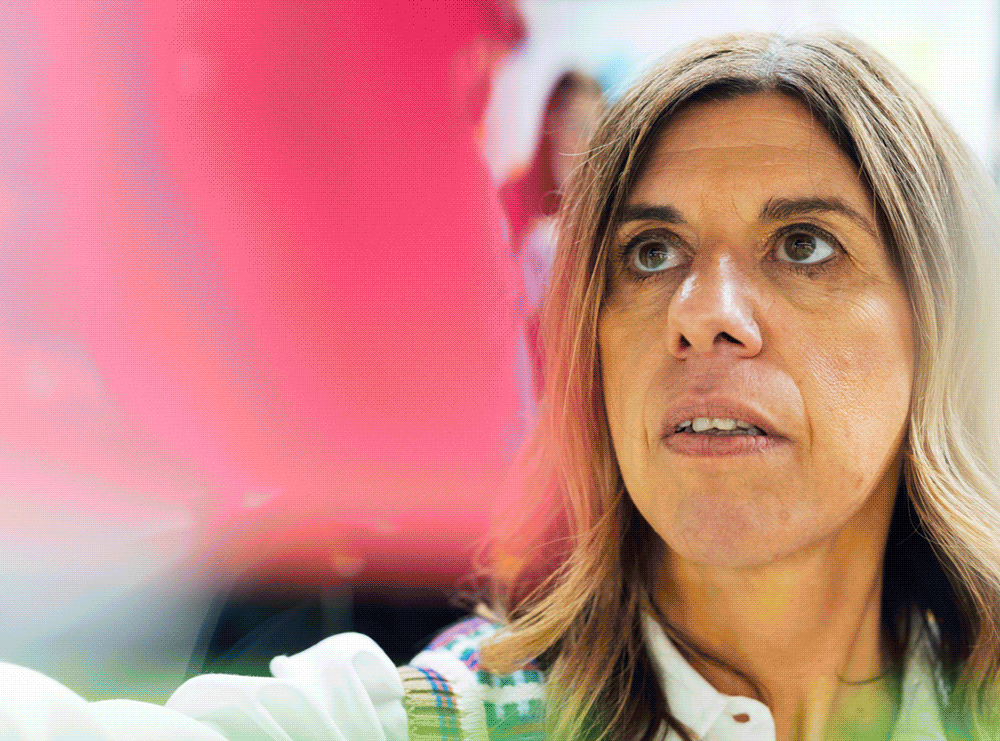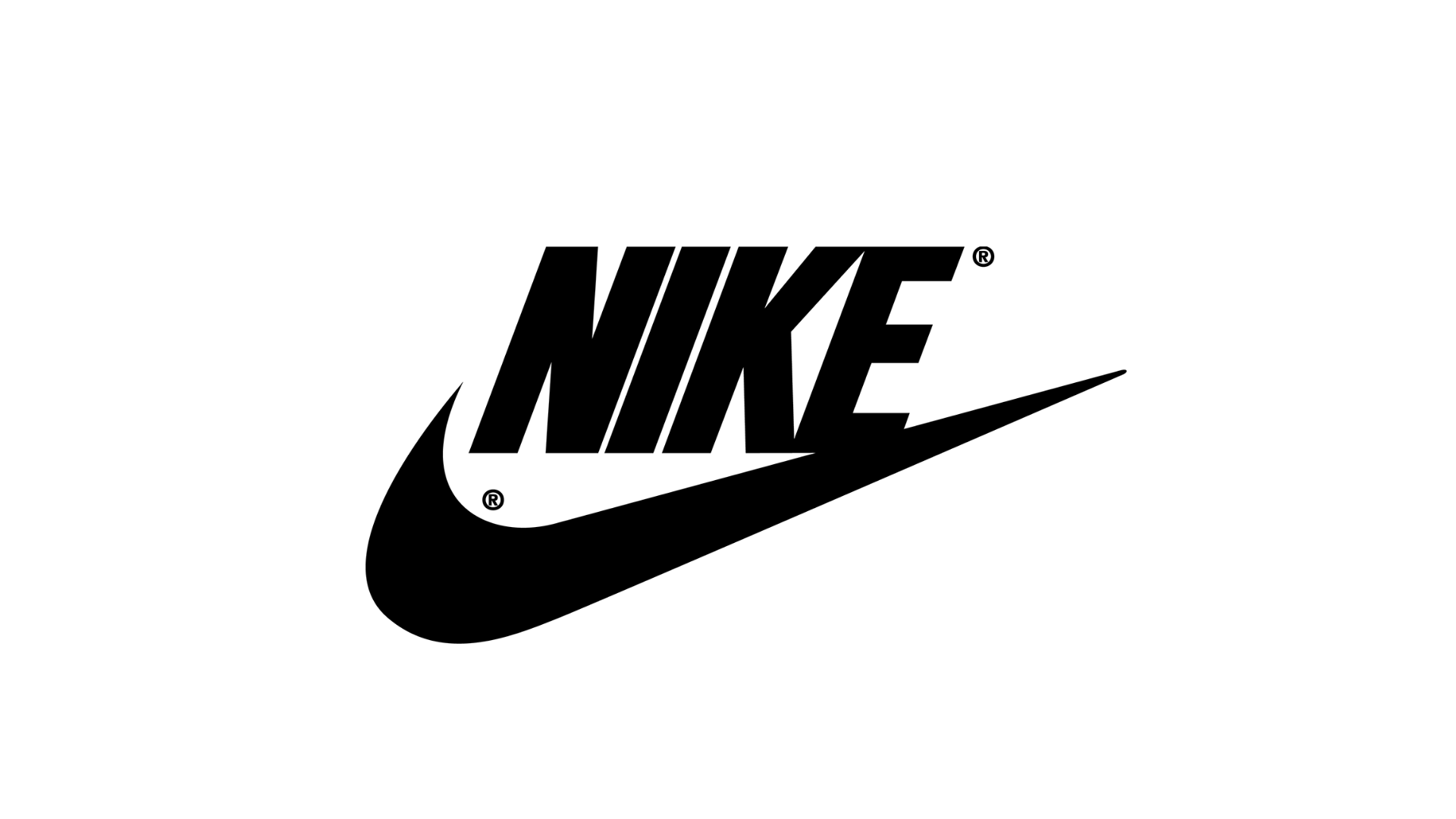The world’s first behavioural
science-led brand
transformation business
Everything we do is underpinned by three core beliefs
Behaviour-first thinking
Obsessing over your customer’s behaviour is our passion. Using behavioural science as our guiding principle, everything we do is built on uncovering and unlocking your audience’s behaviour.
It leads to more effective creative solutions, better business outcomes and improved stakeholder engagement.
Our pathways
-
Building lasting brand equity by making memorable brands.
View Case Studies -
Maximising your brand’s performance by creating campaigns and experiences that successfully influence behaviour.
View Case StudiesExceed Business Objectives
Improve Customer Experience
Attract or Retain Customers -
Shaping sustainable revenue growth by driving innovative opportunities.
View Case StudiesDiversify in Existing Markets
Develop Opportunities in New Markets
Shape Business Strategy
Getting your brand top of mind is our main aim. We deploy a range of strategies to ensure you’re the obvious, if not the only, choice.
Brand memorability drives increased brand preference, stronger brand loyalty, enhanced brand image and drives Improved marketing effectiveness.
Brand memorability matters
For 20 years, our female founders Dorina and Sue have proved that doing good business, and doing business for good can be the same thing. It’s why we’re proudly B-Corp accredited and have been awarded IPA CPD Gold as well as Investors In People Gold.
After all, we run on the knowledge that happy people make better, more effective and award-winning work. So, prepare to have a great time working with us. Because happy people… well, they can transform a business’s future.
Business for good
Who we work with
Our leadership team
Sue Benson
Founder & Managing Director
Dorina D’Ambrosio
Founder & Creative Director
James Ballinger
Client Services Director















